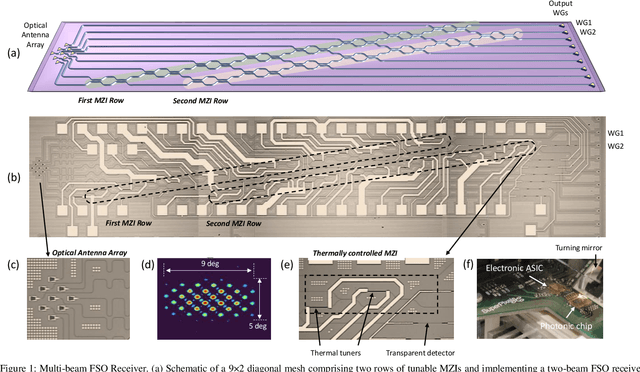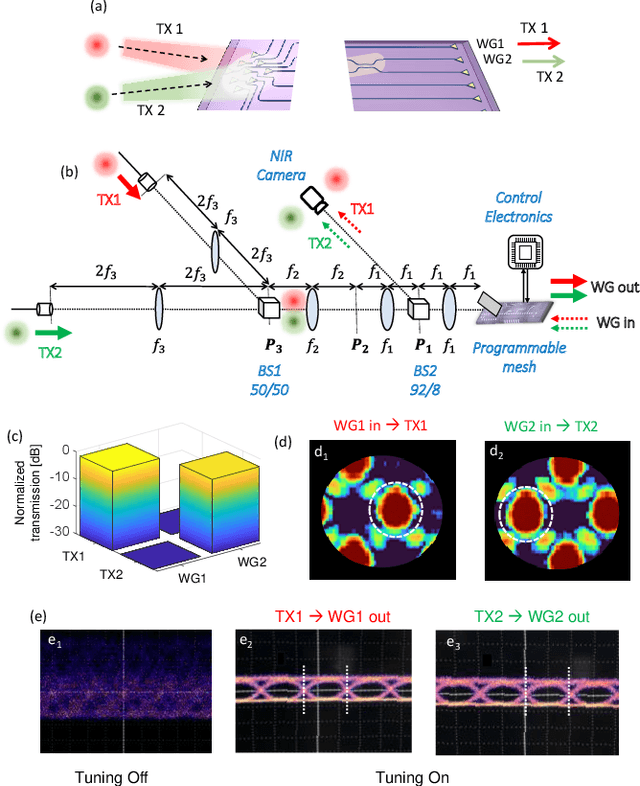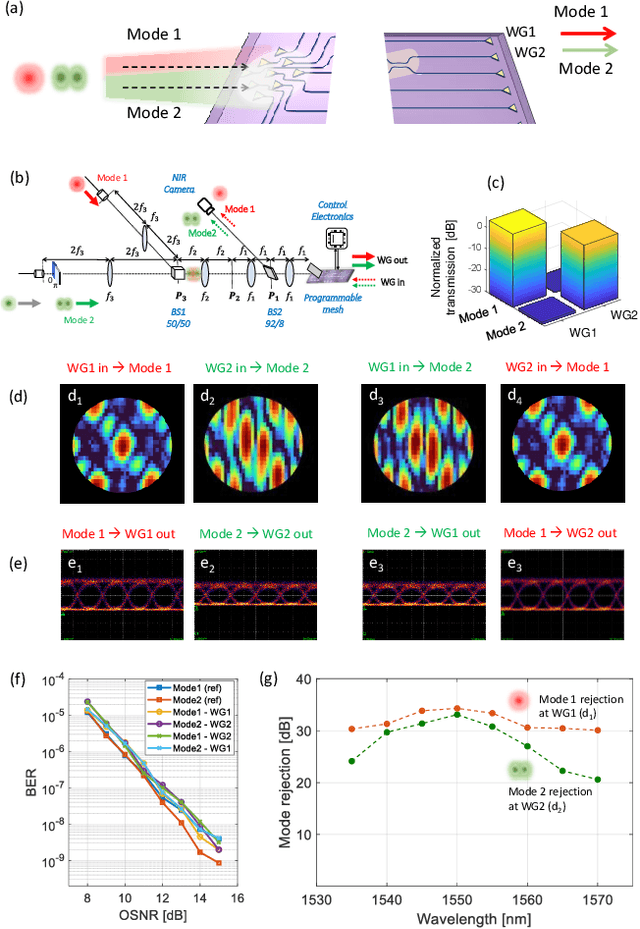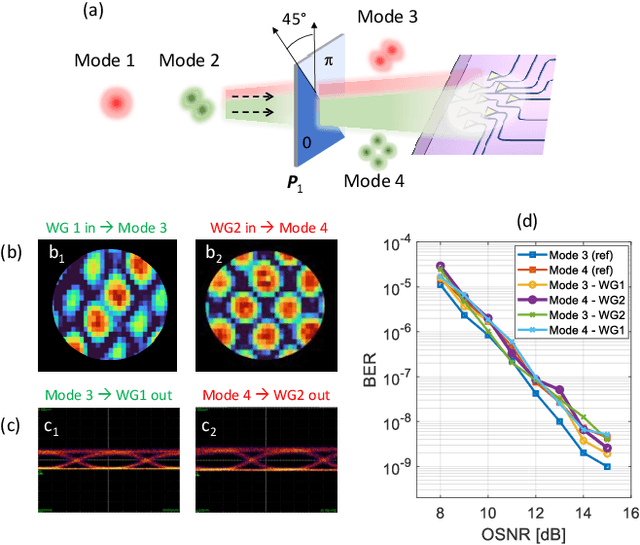Charalambos Klitis
Metasurface-enhanced Light Detection and Ranging Technology
Apr 07, 2022



Abstract:Deploying advanced imaging solutions to robotic and autonomous systems by mimicking human vision requires simultaneous acquisition of multiple fields of views, named the peripheral and fovea regions. Low-resolution peripheral field provides coarse scene exploration to direct the eye to focus to a highly resolved fovea region for sharp imaging. Among 3D computer vision techniques, Light Detection and Ranging (LiDAR) is currently considered at the industrial level for robotic vision. LiDAR is an imaging technique that monitors pulses of light at optical frequencies to sense the space and to recover three-dimensional ranging information. Notwithstanding the efforts on LiDAR integration and optimization, commercially available devices have slow frame rate and low image resolution, notably limited by the performance of mechanical or slow solid-state deflection systems. Metasurfaces (MS) are versatile optical components that can distribute the optical power in desired regions of space. Here, we report on an advanced LiDAR technology that uses ultrafast low FoV deflectors cascaded with large area metasurfaces to achieve large FoV and simultaneous peripheral and central imaging zones. This technology achieves MHz frame rate for 2D imaging, and up to KHz for 3D imaging, with extremely large FoV (up to 150{\deg}deg. on both vertical and horizontal scanning axes). The use of this disruptive LiDAR technology with advanced learning algorithms offers perspectives to improve further the perception capabilities and decision-making process of autonomous vehicles and robotic systems.
Multibeam Free Space Optics Receiver Enabled by a Programmable Photonic Mesh
Dec 16, 2021



Abstract:Free-space optics (FSO) is an attractive technology to meet the ever-growing demand for wireless bandwidth in next generation networks. To increase the spectral efficiency of FSO links, transmission over spatial division multiplexing (SDM) can be exploited, where orthogonal light beams have to be shaped according to suitable amplitude, phase, and polarization profiles. In this work, we show that a programmable photonic circuits, consisting of a silicon photonic mesh of tunable Mach-Zehnder Interferometers (MZIs) can be used as an adaptive multibeam receiver for a FSO communication link. The circuit can self-configure to simultaneously receive and separate, with negligible mutual crosstalk, signals carried by orthogonal FSO beams sharing the same wavelength and polarization. This feature is demonstrated on signal pairs either arriving at the receiver from orthogonal directions (direction-diversity) or being shaped according to different orthogonal spatial modes (mode-diversity), even in the presence of some mixing during propagation. The performance of programmable mesh as an adaptive multibeam receiver is assessed by means of data channel transmission at 10 Gbit/s a wavelength of 1550 nm, but the optical bandwidth of the receiver (>40 nm) allows its use at much higher data rates as well as in wavelength-division multiplexing SDM communication links.
 Add to Chrome
Add to Chrome Add to Firefox
Add to Firefox Add to Edge
Add to Edge